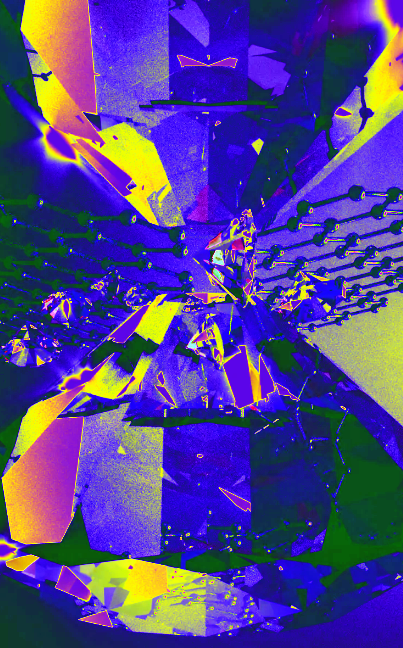Diamonds grown from high-tech seed
 Diamonds are a quantum scientist’s best friend.
Diamonds are a quantum scientist’s best friend.
Two new research breakthroughs are expected to accelerate the development of synthetic diamond-based quantum technology.
While silicon is traditionally used for computer and mobile phone hardware, diamond has unique properties that make it particularly useful as a base for emerging quantum technologies such as quantum supercomputers, secure communications and sensors.
However there are two key problems; cost, and difficulty in fabricating the single crystal diamond layer, which is smaller than one millionth of a metre.
Two new papers by Australian researchers seek to address these challenges.
“For diamond to be used in quantum applications, we need to precisely engineer ‘optical defects’ in the diamond devices – cavities and waveguides – to control, manipulate and readout information in the form of qubits – the quantum version of classical computer bits,” says Professor Igor Aharonovich.
“It’s akin to cutting holes or carving gullies in a super thin sheet of diamond, to ensure light travels and bounces in the desired direction.”
To overcome the “etching” challenge, the researchers developed a new hard masking method, which uses a thin metallic tungsten layer to pattern the diamond nanostructure, enabling the creation of one-dimensional photonic crystal cavities.
“The use of tungsten as a hard mask addresses several drawbacks of diamond fabrication. It acts as a uniform restraining conductive layer to improve the viability of electron beam lithography at nanoscale resolution,” said fellow researcher, PhD candidate Blake Regan.
The tungsten layer is 30nm wide – around 10,000 times thinner than a human hair – however it enabled a diamond etch of over 300nm, a record selectivity for diamond processing.
To address the issue of cost, and improve scalability, the team further developed an innovative step to grow single crystal diamond photonic structures with embedded quantum defects from a polycrystalline substrate.
The process relies on lower cost large polycrystalline diamond, which is available as large wafers, unlike the traditionally used high quality single crystal diamond, which is limited to a few millimetres.
The study offers the first evidence of the growth of a single crystal diamond structure from a polycrystalline material using a bottom up approach – like growing flowers from seed.
The method eliminates the need for expensive diamond materials and the use of ion implantation, which is key to accelerating the commercialisation of diamond quantum hardware.








 Print
Print